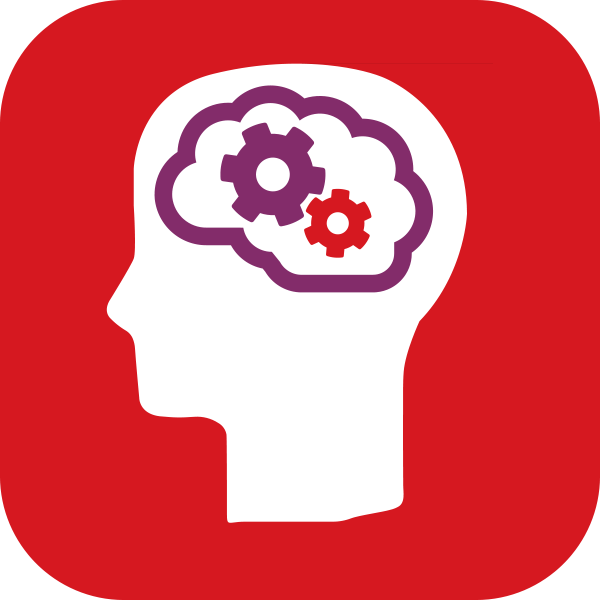At Ashlawn School, a very large proportion of our students are high attainers. In the current Year 7 cohort of 296 students, 190 are classed as having high prior attainment from Key Stage 2 data (64% of students and this proportion is showing an increase year-on-year). This presents a particular challenge to teachers at Ashlawn – ensuring that these students are suitably stretched and challenged throughout Key Stages 3 and 4.
Informing future planning
We have a successful and high-profile programme to better support high achieving students called “Challenge for all”. This programme provides mentoring and enrichment opportunities for students who are identified as being Gifted and Talented. Such students are selected through scrutiny of student assessment results, student target grades and teacher recommendation. As GL Assessment’s Cognitive Abilities Test (CAT4) data is heavily relied on to determine target grades, this forms the first way in which we use CAT4 information to stretch high attainers.
A more powerful way in which we are using CAT4 data to this end is by sharing the results of the tests with the class teachers. Once students have all sat CAT4, teacher reports are then generated. These reports provide a useful snapshot of the students’ abilities across the four batteries – Verbal Reasoning, Non-Verbal Reasoning, Quantitative Reasoning and Spatial Reasoning. The most immediately useful action for the class teachers is to look through the report and identify those students who have a particularly high standardised score in any of the batteries. This can then be used to inform future planning.
If a science teacher notices that there are a group of students in their class that have especially strong scores in the quantitative element, for example, they then know that giving those students some more challenging maths-based tasks to further develop their skills might be a valuable exercise.
At the other extreme, a history teacher may notice that a student from the same small group has very well-developed abilities in mathematical and scientific thinking (from the scores from the Quantitative and Spatial batteries) but a relatively weaker score in the Verbal battery. This might steer the teacher towards setting that student work to better support their verbal understanding and ensuring they are given the best chance to access all elements of the school curriculum. This might be in the form of pre-teaching important vocabulary, then routinely using retrieval practice could make sure that the vocabulary is well understood and remembered. This data is useful to consider when designing resources such as worksheets and knowledge organisers – in which areas are students particularly strong in and where do they need more support?
The same process can also be used to support low attaining students as well – any tool that accurately shines a light on what our students can do well or need more help with is always useful. The unique power of using CAT4 data in this way with higher attaining students is in identifying areas of strength so that these can be built upon and developed. Schools invest a great deal in getting students to sit CAT4. If the results can be put to good use by the teachers effectively teaching those students, then that can only be a good thing.
Ashlawn School, Rugby is one of our Centres of Assessment Excellence


